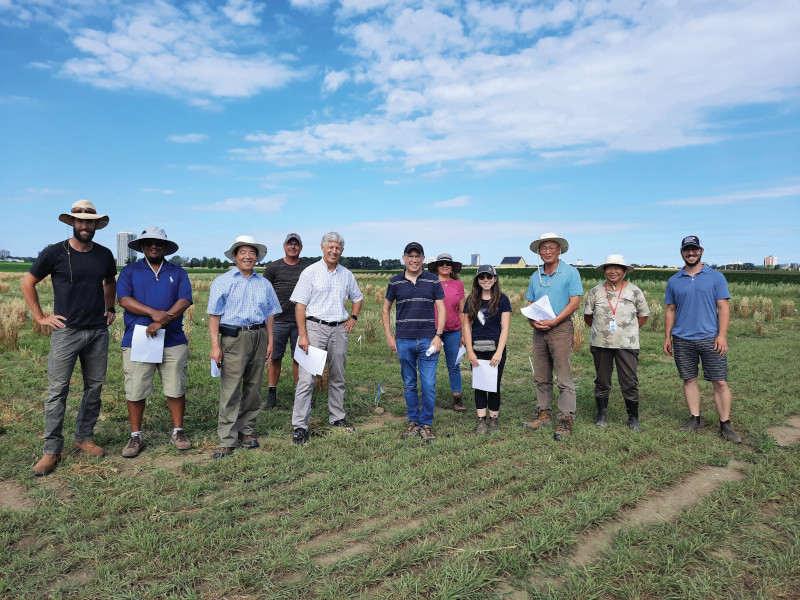By identifying the specific characteristics that affect end-use quality in different food systems, Marta Izydorczyk’s research program at the Canadian Grain Commission’s Milling and Malting Grain Research Laboratory can help breeders develop varieties that are optimized for those systems. This could lead to more efficient and effective use of crops and greater value for producers, processors and consumers alike.
Izydorczyk sat down with us this week at the meetings of the Prairie Grain Development Committee (PGDC) in Banff, Alta. happening this week. She also serves as chair of the Prairie Recommending Committee for Oats and Barley (PRCOB).
It iss a somewhat unusual year for the PRCOB, with a whopping six oat lines and 12 barley lines up for consideration, including some hullless barley lines ideally suited to the food market.
These unique lines offer high levels of beta glucans, which are beneficial for human nutrition, she said. The dark colour of one of the lines may offer antioxidant properties, which adds to its nutritional value. Another line has even higher levels of beta glucans than previous high-beta-glucan lines, making it a potentially valuable replacement for previous varieties.
“The ability to make health claims associated with these lines will also likely increase their appeal to consumers,” she added.
Additionally, the PRCOB looked at two hulless barley lines suited to the brewing and distilling industries. With higher extract and no hulls, they could potentially offer advantages over previous varieties. Because there are no hulls, waste is reduced and the barley become easier to use and the lack of spent grain may simplify the brewing process for breweries.
One line is suited to distilling due to the fact is produces no glycosylated nitrile, a precursor of a compound known to be carcinogenic. As distilleries like to use barley varieties that won’t produce this compound, this line would be ideally suited for distilling due to its lack of hulls and the fact it won’t produce glycosylated nitrile, she said.
Listen to our podcast episode for more!











